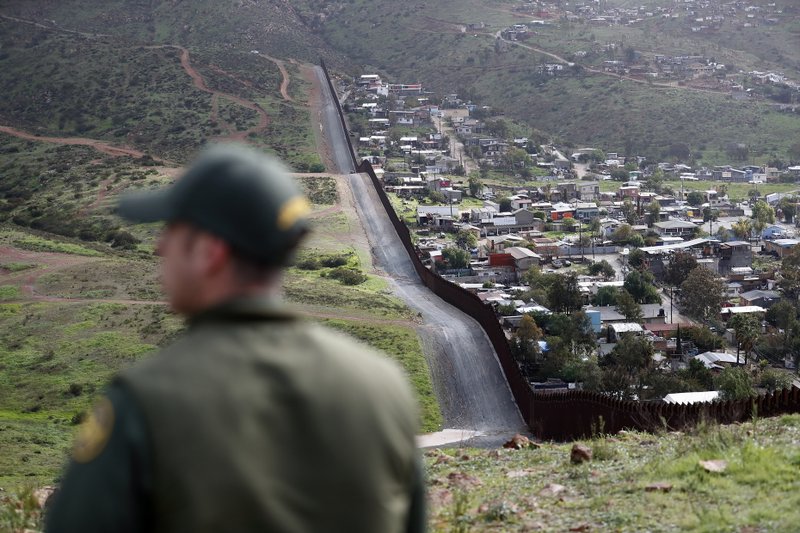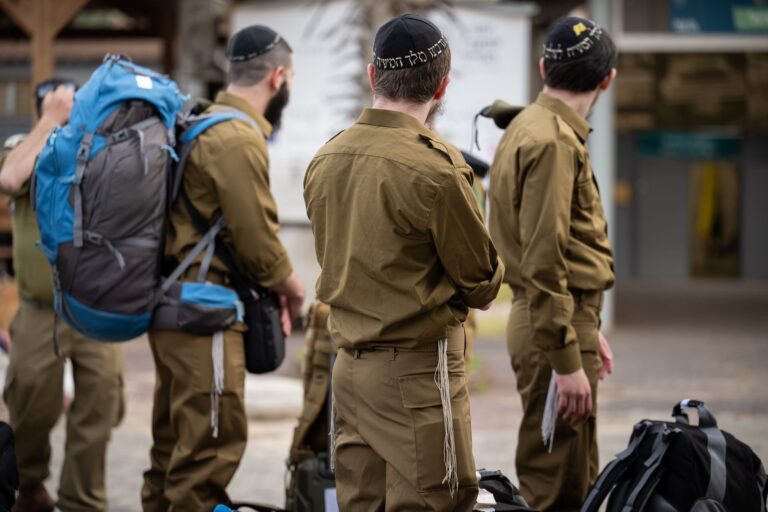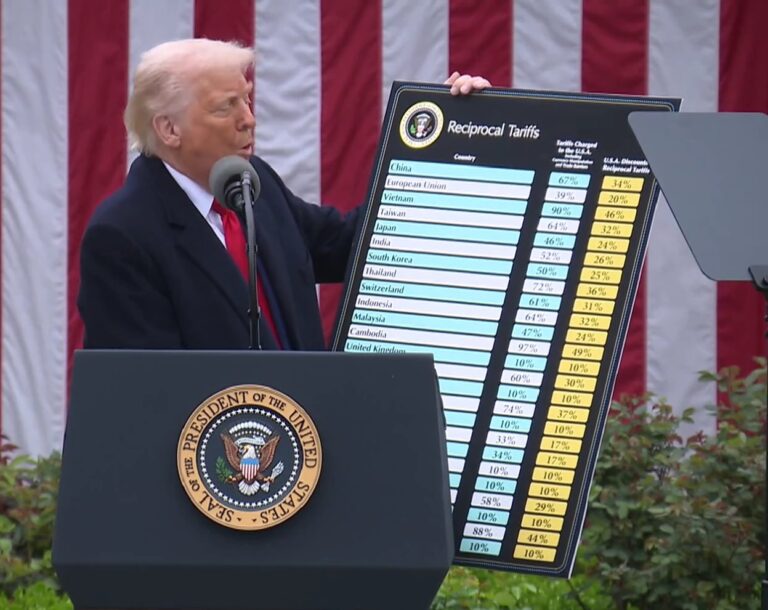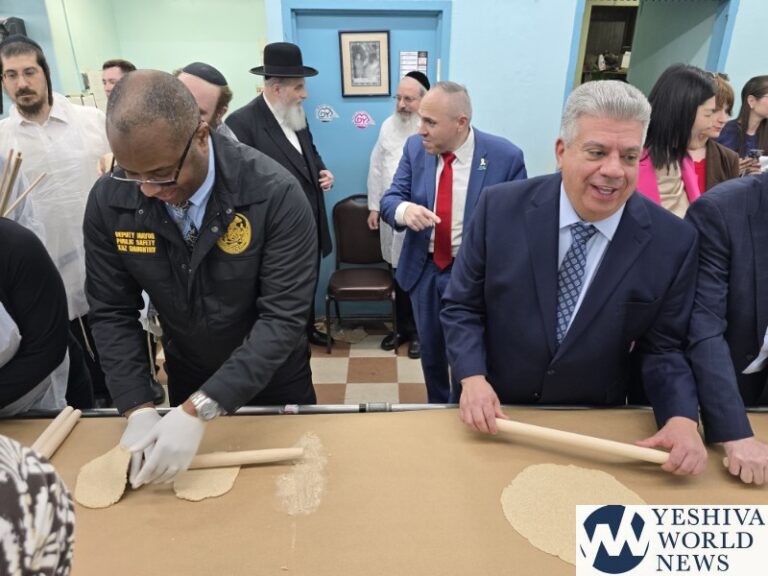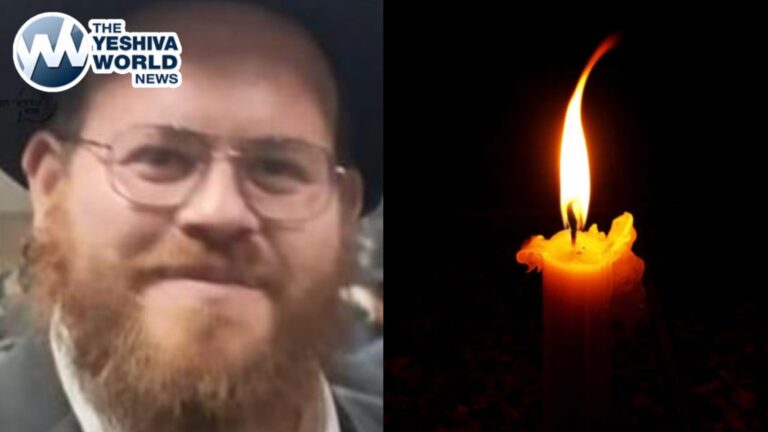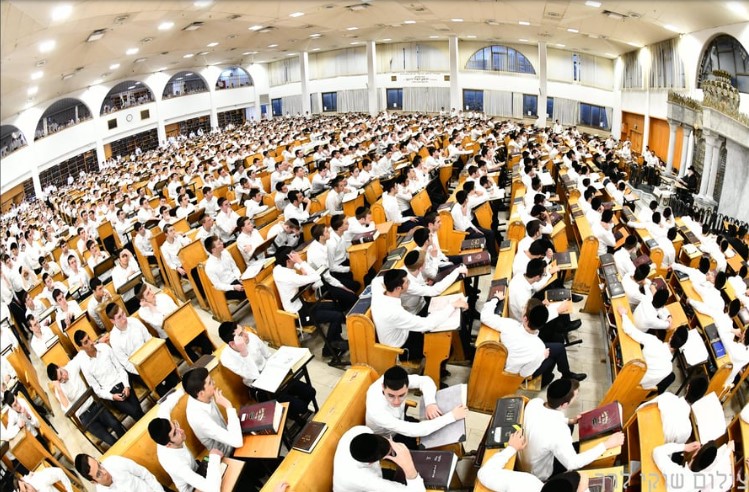The harrowing photo of a drowned toddler and her father along the Rio Grande has illustrated the risks migrants are willing to take to reach the U.S. in the face of increasingly hardline Trump administration policies aimed at keeping them out.
For many people trying to enter the country, it’s a matter of waiting, waiting and waiting some more for the OK to come across — unless they try to force the issue and slip over the border, a dangerous and sometimes lethal undertaking that involves trekking through the scorching desert and fording the deceptively tricky Rio Grande.
Here is a look at how migrants try to reach the U.S. and what they encounter:
TWO WAYS
Hundreds of thousands of people have been arriving at the border in recent months, many of them families fleeing violence and poverty in Central America. Once they reach the border, they can take different paths to try to get into the U.S.
One way is by presenting themselves at official border crossings, also known as ports of entry, and requesting asylum. That marks the start of an often yearslong legal process in which they have to prove a well-founded fear of persecution in their homeland.
But the Trump administration has implemented a border-wide policy that limits the number of asylum applications a border crossing accepts each day. It’s known as “metering,” and it has created long lines as people wait for months on the often drug- and violence-riddled Mexican side for their chance to apply for asylum.
At the border crossing near San Diego, for example, about 80 people are handled each day. In some other cities, days go by without anyone being allowed to apply.
Various U.S. cities along the border have their own waiting lists. One recent estimate put the overall number of people waiting at 18,000.
And the waiting list isn’t the only Trump administration practice keeping migrants in Mexico.
Under a policy announced in December, many migrants who have applied for asylum must then wait in Mexico while their cases wend their way through the U.S. immigration courts. The policy applies primarily to Central Americans.
Previously, many people applying for asylum were allowed to enter the U.S., where they were either detained or released into the country while their cases went through the system, a process that could take months or years and enabled some immigrants to disappear into the United States.
As a result of President Donald Trump’s new policy, over 14,000 asylum applicants are waiting in Mexico while their cases are decided.
But many people get frustrated by the long wait or don’t even bother with getting in line. So they take a different approach: They cross the border — secretly or openly — outside of the official crossings and turn themselves in to Border Patrol agents, who then take them into custody on the U.S. side.
In the case of the two dead El Salvadoran migrants in the photo, Óscar Alberto Martínez Ramírez and daughter Valeria, they decided to cross the Rio Grande after waiting in Mexico for two months to apply for asylum, according to news reports.
BORDER PATROL CUSTODY
When migrants who either walk or sneak across the border are apprehended, Border Patrol agents take them to facilities for processing, which includes a health screening and a criminal background check.
Because of the overwhelming surge of migrants , the Border Patrol has had to open several temporary facilities to hold and process them. Government inspectors and attorneys report that those places are extremely overcrowded .
A recent inspector general report on an El Paso processing center found that up to 900 people were crammed into a space meant for under 200. Some people were standing on toilets, and many said they had been there for weeks.
Immigrants refer to Border Patrol stations, usually the first place a migrant is held, as “hieleras,” or iceboxes, because they are cold, and to processing facilities as “perreras,” or dog cages, because of the fences.
People who are in Border Patrol custody are supposed to be released within 72 hours, but they are being held long past that.
WHAT ABOUT THE CHILDREN?
The government has two categories for children who come to the U.S., and they are treated differently: There are unaccompanied minors — that is, children who arrive without an adult — and there are youngsters who come to the border with their parents. Children who come with a relative but not a parent are often separated from that adult and treated as unaccompanied minors.
Unaccompanied children are supposed to be transferred to the U.S. Health and Human Services Department, which contracts with various companies and nonprofit organizations to run shelters where the youngsters can stay until a caseworker finds a suitable relative or parent in the U.S. to release them to.
But the growing number of unaccompanied minors — there were about 11,500 in May alone — has drained HHS resources, and it hasn’t been able to take children in as quickly as it usually does, the agency says. That means youngsters languish in Border Patrol detention facilities for weeks. Five children have died after being taken in by the Border Patrol since December.
Lawyers who interviewed children at a Border Patrol station in Clint, Texas, described finding hungry, sick and unwashed youngsters.
As for families with children, they are typically held together as families for weeks in government custody, then set free in the U.S. to await decisions on their asylum requests. Often they are released to shelters or nonprofit organizations in border cities; sometimes they are dropped off at bus stations and forced to fend for themselves.
Church groups and other organizations have stepped in to help some of them. In Phoenix, for example, aid workers show up at the bus station and help arrange bus tickets or take migrants to a shelter.
AFTER THEIR RELEASE FROM GOVERNMENT CUSTODY
Many families set free in the U.S. go to live with relatives or friends. They are required to let Immigration and Customs Enforcement know what city they will be in, and their immigration case is transferred to whichever court is closest.
The families are expected to show up to court when they get a hearing date. Figures show that most of them do so, but the court system is so backlogged that it can take years for immigrants to have their asylum cases resolved.
(AP)

